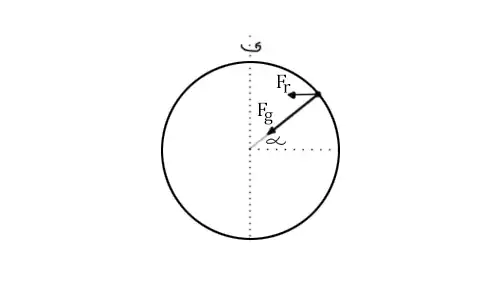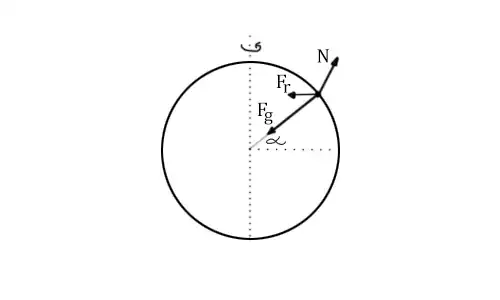Let's imagine a person standing somewhere on Earth, but not on the equator, i.e. somewhere with a positive net value of latitude.
Since the Earth spins around its axis and the person spins along, the sum of forces acting on them should give us the centripetal force:

The only forces acting on the person are the gravitational force $F_g$ and the force exerted on the person by the ground, $N$. The gravitational force is directed into the centre of Earth:

That means, that the other force $N$ should look like this:

So now, when we "zoom" and look at our person, the situation looks like that:

Which is rather peculiar, since the reaction force of the ground is usually a normal force, perpendicular to the ground. Is my deduction correct, and if yes, isn't the fact that $N$ is not perpendicular to the ground something we should consider while solving problems (for example problems related to friction, which is proportional to the normal force)?